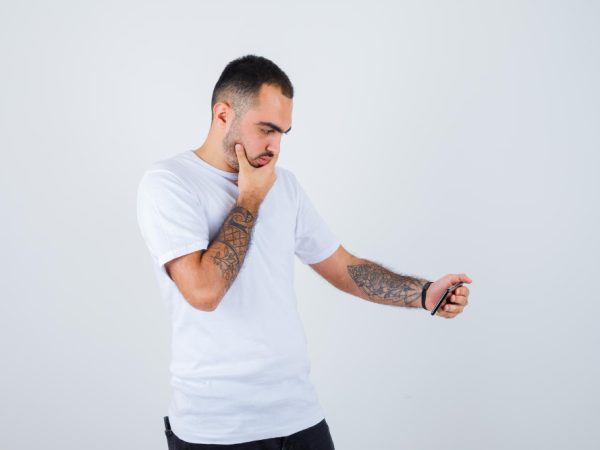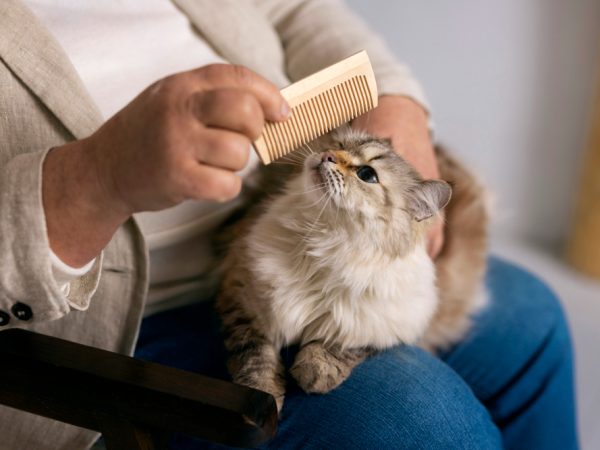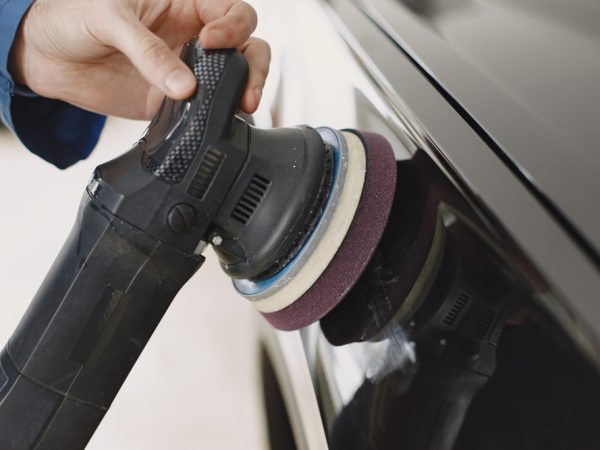Getting a new tattoo is an exciting experience, but it’s essential to follow proper aftercare guidelines to ensure the best possible healing and longevity of your tattoo. One common question that arises during the tattoo healing process is when it’s safe to scratch the tattooed area. In this article, we’ll explore the factors that determine when you can safely scratch your tattoo and provide tips for managing itching and discomfort during the healing process.
Understanding the Tattoo Healing Process
Before diving into when you can scratch your tattoo, it’s crucial to understand the tattoo healing process. After getting a tattoo, your skin undergoes a series of stages to heal and regenerate the tattooed area. Initially, your tattoo may appear red, swollen, and tender, similar to a mild sunburn. Over the following days and weeks, your skin will begin to form a scab as it repairs itself, eventually revealing the vibrant colors and intricate details of your tattoo.
When Itching Begins: Managing the Urge to Scratch
Itching is a common and inevitable part of the tattoo healing process, typically occurring during the second stage of healing when the skin begins to regenerate. Itching can be mild or intense and may vary from person to person. While scratching may provide temporary relief, it can also damage the delicate healing skin and compromise the appearance of your tattoo. Therefore, it’s essential to resist the urge to scratch and find alternative ways to manage itching without disrupting the healing process.
When Is It Safe to Scratch?
The general rule of thumb is to avoid scratching your tattoo until it has fully healed, which typically takes about 2-4 weeks. During the initial stages of healing, your tattoo may be susceptible to infection, and scratching can introduce bacteria into the open wounds, leading to complications. Once your tattoo has healed and the scabs have fallen off naturally, the underlying skin will still be sensitive but less prone to damage from scratching. However, it’s crucial to listen to your body and avoid scratching if your tattooed skin feels tender or uncomfortable.
Tips for Relieving Itching Without Scratching
While scratching may seem like the most immediate way to relieve itching, there are several alternative methods you can use to soothe your tattooed skin without causing harm. Applying a thin layer of fragrance-free moisturizer or tattoo-specific aftercare cream can help hydrate the skin and alleviate dryness, reducing the urge to scratch. You can also gently pat or tap the itchy area with clean fingers or a soft cloth to provide relief without causing damage to the healing skin.
Seek Professional Advice if Itching Persists
If itching persists or becomes severe despite your efforts to manage it, it’s essential to seek professional advice from your tattoo artist or a dermatologist. Persistent itching may indicate an allergic reaction, infection, or other underlying issue that requires medical attention. Your tattoo artist can assess the condition of your tattoo and provide guidance on how to address itching and discomfort effectively while ensuring the continued healing and preservation of your tattoo.
Patience and Proper Care for Optimal Healing
In conclusion, itching is a normal part of the tattoo healing process, but scratching can disrupt the healing and compromise the appearance of your tattoo. It’s essential to resist the urge to scratch and focus on proper aftercare techniques to promote optimal healing and preserve the quality of your tattoo. By following the advice of your tattoo artist and practicing patience and diligence, you can ensure that your tattoo heals beautifully and remains a source of pride and joy for years to come.




